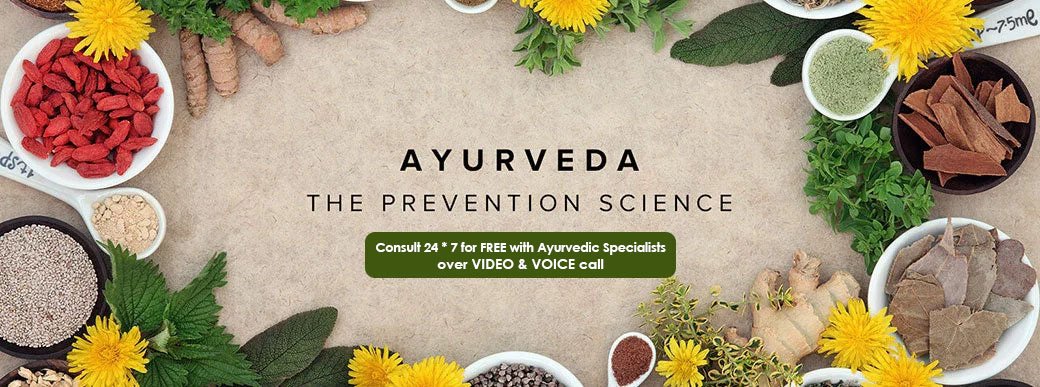Chakshushya in Ayurveda
Botanical Name
Vinca rosea (also known as Catharanthus roseus)
Family
Apocynaceae
Description
Chakshushya, commonly known as the Periwinkle or Madagascar Periwinkle, is a perennial herbaceous plant with a woody base. It typically grows to a height of 30-60 cm. The plant features glossy, dark green leaves and produces attractive, funnel-shaped flowers that come in shades of pink, white, or purple.
Occurrence
Chakshushya is native to Madagascar but is now widely cultivated in tropical and subtropical regions around the world, including India, Sri Lanka, and parts of Southeast Asia. It is commonly grown in gardens and as ornamental plants.
Chemical Constituents
The primary active constituents of Vinca rosea include:
- Vincristine: An alkaloid used in chemotherapy, known for its anti-cancer properties.
- Vinblastine: Another alkaloid with potent anti-cancer effects.
- Catharanthine: An alkaloid with potential anti-inflammatory and anti-microbial properties.
- Ajmalicine: An alkaloid with neuroprotective and anti-hypertensive effects.
Guna (Qualities)
- Rasa (Taste): Slightly Bitter (Tikta), Astringent (Kashaya)
- Virya (Potency): Cooling (Shita)
- Vipaka (Post-digestive effect): Sweet (Madhura)
- Guna (Properties): Light (Laghu), Dry (Ruksha)
Uses
Chakshushya is used in Ayurveda for its wide range of therapeutic benefits:
- Eye Health: Enhances vision and treats eye disorders like conjunctivitis and cataracts.
- Cancer Treatment: Used as an adjunct in the treatment of cancer due to its anti-cancer alkaloids.
- Diabetes Management: Helps in controlling blood sugar levels.
- Hypertension: Used to manage high blood pressure.
- Wound Healing: Applied to aid in wound healing and to treat ulcers.
Mode of Action
Chakshushya works through its active alkaloids which have anti-cancer, anti-inflammatory, and anti-microbial properties. Vincristine and vinblastine are particularly effective in inhibiting cancer cell growth. The plant’s cooling and astringent properties make it useful in treating eye disorders and managing diabetes and hypertension. The herb’s overall qualities support healing and improvement in various health conditions.
Home Remedies
- Eye Health: A decoction of the leaves can be used as an eye wash to treat conjunctivitis and improve vision.
- Cancer Support: Extracts of the plant are used under medical supervision as part of cancer treatment protocols.
- Diabetes Control: A tea made from the leaves can be consumed to help manage blood sugar levels.
- Wound Healing: A paste made from fresh leaves can be applied to wounds and ulcers for faster healing.
Dosage
The dosage of Chakshushya varies based on the condition being treated and the form in which it is administered. Typical dosages include:
- Decoction: 10-20 ml, taken 1-2 times a day.
- Powder: 1-2 grams, mixed with water or honey, taken once or twice a day.
- Infusion: 1-2 cups of herbal tea, prepared from 1-2 grams of dried leaves, taken daily.
Caution
- Toxicity: Chakshushya contains potent alkaloids that can be toxic if not used properly. It should be used under the guidance of a qualified Ayurvedic practitioner or healthcare provider.
- Contraindications: Not recommended for pregnant or breastfeeding women due to its potent medicinal properties.
- Side Effects: Possible side effects include nausea, vomiting, and hypotension if used in excess.
Diseases and Conditions Treated with Chakshushya
Madhumeha (Diabetes Mellitus)
- Conditions: Hyperglycemia, insulin resistance.
- Explanation: Its hypoglycemic properties help in regulating blood sugar levels and improving insulin sensitivity.
Kustha (Skin Disorders)
- Conditions: Eczema, psoriasis, and chronic ulcers.
- Explanation: Chakshushya’s blood-purifying and anti-inflammatory properties are beneficial in treating various skin ailments.
Rakta Dushti (Blood Disorders)
- Conditions: Toxemia, increased bilirubin levels.
- Explanation: The herb detoxifies the blood and alleviates conditions related to impurities in the bloodstream.
Arshas (Hemorrhoids)
- Conditions: Internal and external piles.
- Explanation: It helps reduce inflammation, pain, and bleeding associated with hemorrhoids.
Vrana (Wounds)
- Conditions: Non-healing wounds and ulcers.
- Explanation: Chakshushya promotes wound healing due to its antiseptic and astringent properties.
Pitta Prakopa (Pitta Aggravation)
- Conditions: Inflammatory conditions, acidity, and burning sensations.
- Explanation: Its cooling nature helps pacify excess Pitta.
Vata-Kapha Disorders
- Conditions: Cough, asthma, and bronchitis.
- Explanation: Chakshushya clears Kapha blockages and soothes irritated airways.
Shotha (Inflammation and Swelling)
- Conditions: Inflammatory swellings and localized redness.
- Explanation: Its anti-inflammatory properties help reduce swelling and pain.
Ayurvedic Formulations Containing Chakshushya
Madhumeha Nashini Kashaya
- Indications: Diabetes mellitus and complications like neuropathy.
- Explanation: Helps regulate blood glucose and improve metabolism.
Kusthaghna Leha
- Indications: Skin disorders like eczema and psoriasis.
- Explanation: A herbal jam that purifies the blood and treats skin conditions.
Raktashodhak Kwatha
- Indications: Blood-related disorders such as toxemia and acne.
- Explanation: Works as a blood purifier and detoxifier.
Chakshushya Taila
- Indications: Wound healing and skin rejuvenation.
- Explanation: A medicated oil used for external application to heal ulcers and wounds.
Shothahara Guggulu
- Indications: Inflammation, arthritis, and hemorrhoids.
- Explanation: Chakshushya acts as an anti-inflammatory agent in this formulation.
Harmful Effects and Precautions of Chakshushya
Gastrointestinal Disturbances
- Explanation: Prolonged or excessive use may cause nausea, vomiting, or mild digestive irritation.
Hypoglycemia
- Explanation: Overconsumption can lead to excessively low blood sugar levels, especially in diabetic patients already on medication.
Pregnancy and Lactation
- Explanation: Should be avoided during pregnancy and lactation due to its potent actions, which might affect fetal health.
Allergic Reactions
- Explanation: In rare cases, it might cause skin rashes or irritation when applied topically.
Drug Interactions
- Explanation: Chakshushya may interact with medications for diabetes, hypertension, or blood disorders, requiring medical supervision.
Conclusion
Chakshushya (Vinca rosea) is a valuable herb in Ayurveda with significant therapeutic benefits, particularly in improving eye health, managing diabetes, and supporting cancer treatment. While it holds great promise, it must be used with caution and under professional guidance to ensure safety and efficacy.



